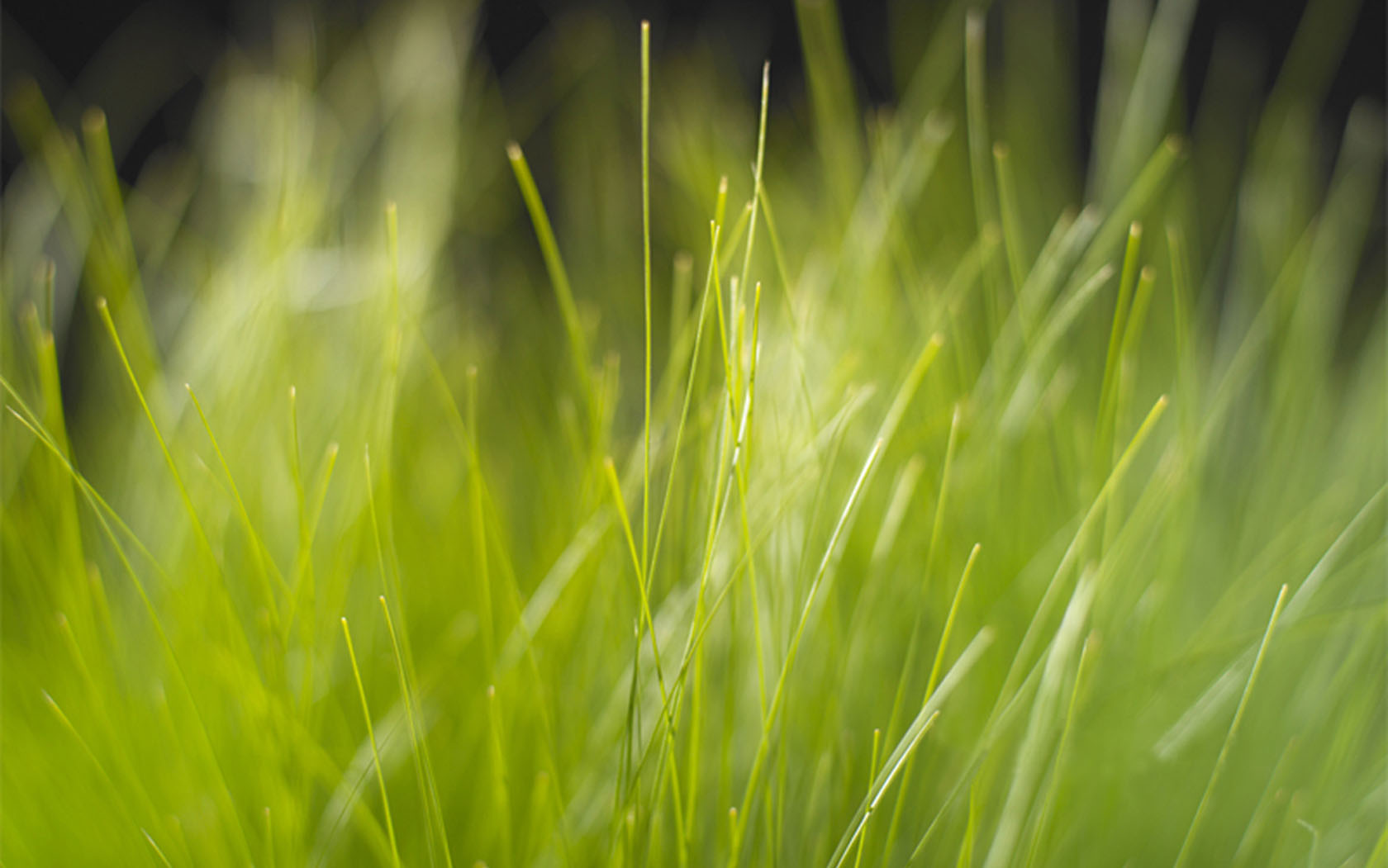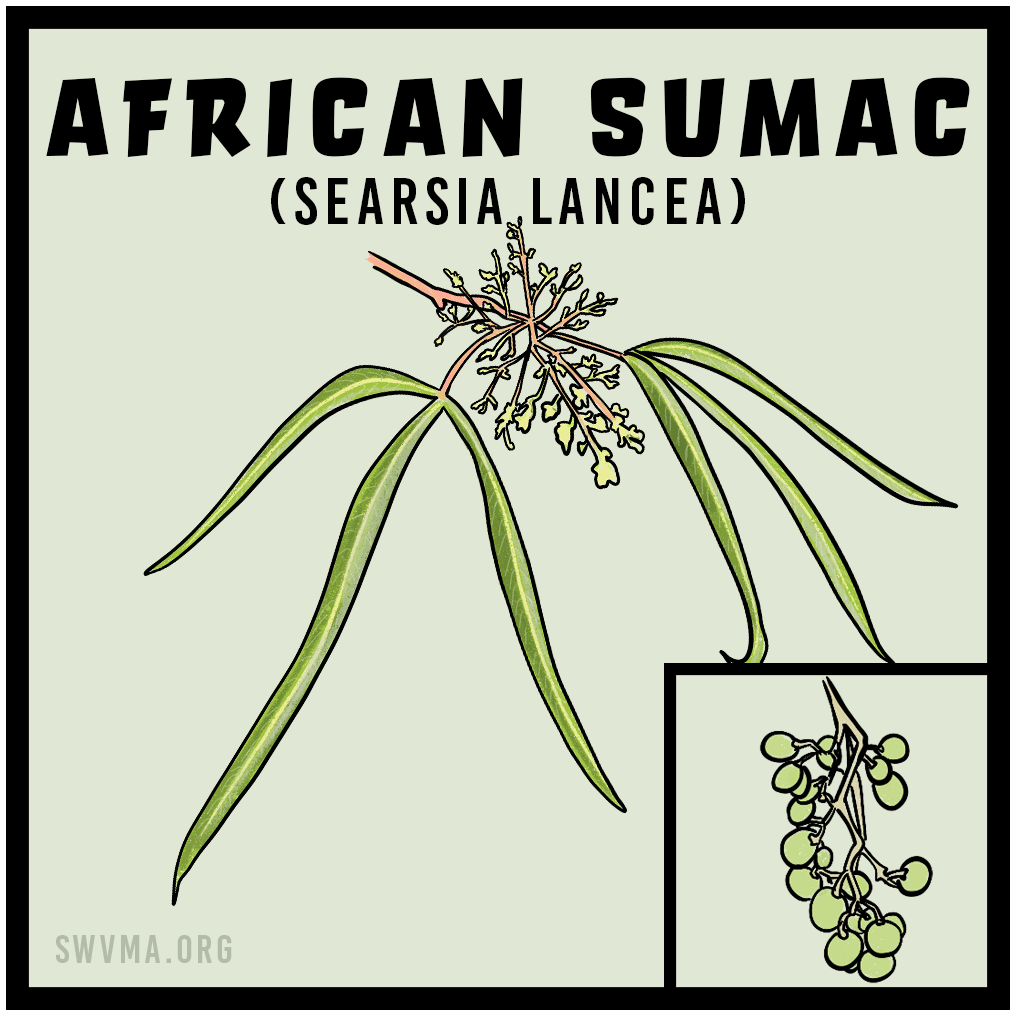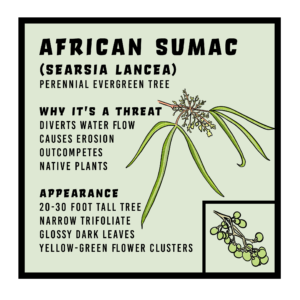African Sumac (Rhus lancea), also known as African tallowwood or simply Sumac, is an invasive plant species that has been causing ecological concerns in the southwestern United States. This hardy shrub, native to South Africa, has gained a foothold in the arid landscapes of the region, where its rapid spread threatens native flora and disrupts fragile ecosystems.
One of the key attributes of African Sumac is its adaptability. It thrives in a wide range of soil types, from sandy deserts to clay-rich soils, making it a formidable competitor against native plants. Its ability to grow in arid conditions and withstand droughts gives it a significant advantage, allowing it to outcompete many native species struggling to survive in the harsh southwestern climate.
African Sumac is characterized by its dense, bushy growth and glossy, evergreen leaves. The tree can reach heights of up to 30 feet, creating dense canopies that shade out native vegetation. Its aggressive root system can also disrupt soil stability and water flow, leading to erosion and further ecological imbalances.
In addition to its ecological impact, African Sumac poses challenges to human communities. The plant produces copious amounts of allergenic pollen, which can exacerbate respiratory issues and allergies in individuals living nearby. Moreover, its dense growth can obstruct views and access to recreational areas, affecting the quality of life for local residents. Efforts to control African Sumac’s spread include mechanical removal, herbicide application, and public awareness campaigns. It is crucial to address the invasive nature of this species to preserve the unique ecosystems of the southwestern United States and mitigate its impact on both the environment and human health.


